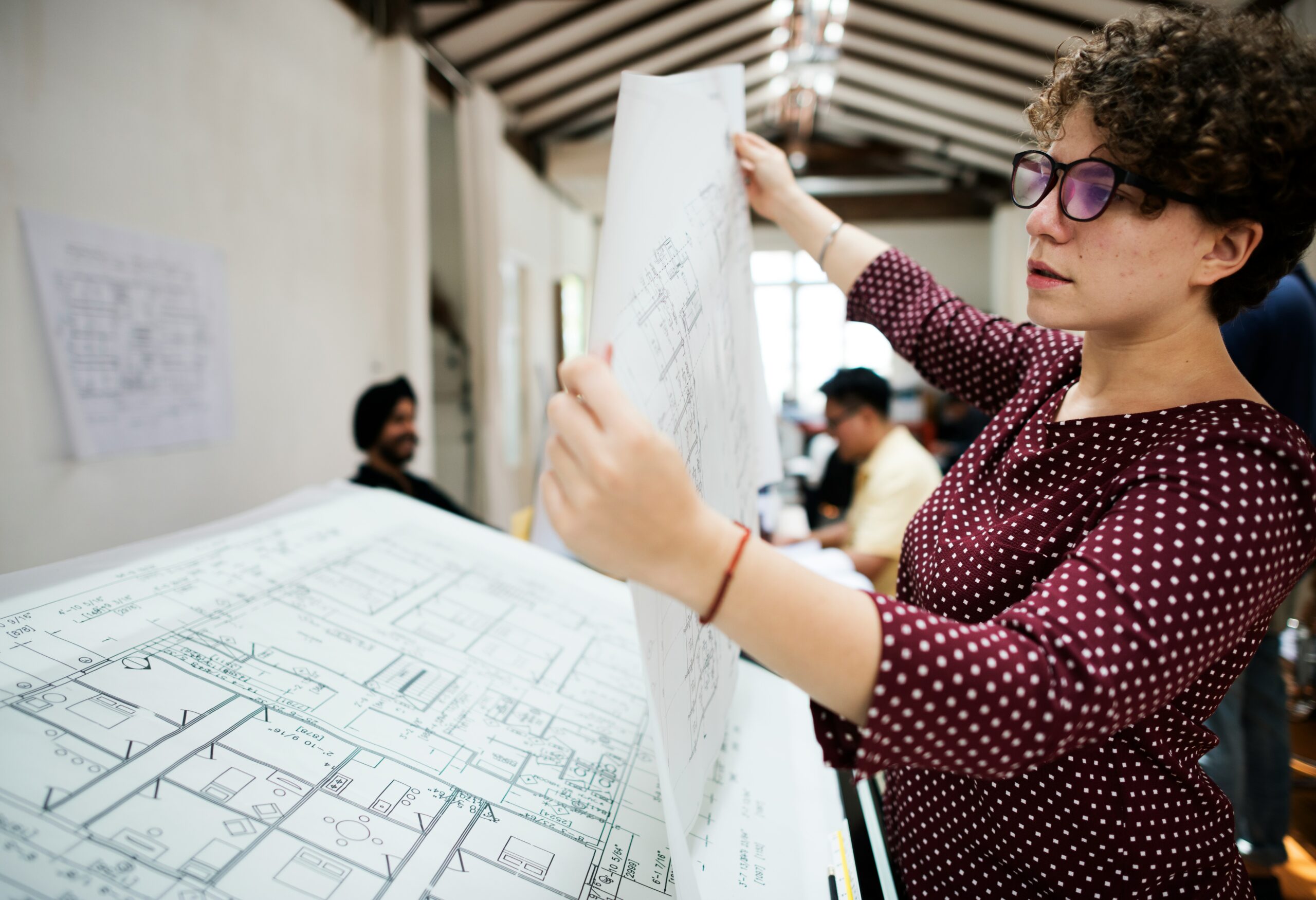
Architecture has long been male-dominated, but women have made significant strides in recent years, transforming the industry with fresh perspectives, innovative designs, and sustainable solutions. Female architects are not just breaking into the field but leading it. As more women rise to prominence in architecture, they redefine spaces, push the boundaries of creativity, and set new standards for the built environment.
A History of Challenges and Progress
Architecture was an exclusive profession for centuries, mainly inaccessible to women due to societal norms and educational restrictions. Early female architects faced significant barriers, from being denied access to architectural schools to struggling for recognition in a male-centric industry. Despite these challenges, pioneers such as Marion Mahony Griffin, Zaha Hadid, and Julia Morgan paved the way for future generations. Their determination and talent laid the foundation for today’s female architects, inspiring young women to pursue careers in design and construction.
Progress accelerated in the late 20th and early 21st centuries as more women entered architecture schools and professional firms. Governments and organizations worldwide have made efforts to encourage diversity and inclusion, leading to increased representation of women in architectural practice. Today, female architects hold key positions in top firms, lead groundbreaking projects, and influence urban planning on a global scale.
Innovative Design Approaches Led by Women
Women bring unique perspectives to architecture, often focusing on human-centered design, sustainability, and social impact. Many female architects emphasize the importance of creating inclusive spaces that cater to diverse communities. They design structures that promote well-being, accessibility, and environmental consciousness, ensuring that architecture serves both people and the planet.
One of the most significant contributions of female architects is their commitment to sustainable and eco-friendly designs. Architects like Jeanne Gang, Tatiana Bilbao, and Elizabeth Diller have pioneered new ways to incorporate green technology, energy-efficient materials, and adaptive reuse in their projects. Their work demonstrates that innovative design can be functional and environmentally responsible, addressing pressing global issues such as climate change and urbanization.
Breaking Stereotypes in a Competitive Industry
Despite progress, female architects face challenges, including gender bias, wage gaps, and underrepresentation in leadership roles. Many women in architecture navigate a competitive industry where they must constantly prove their expertise and capabilities. However, with growing awareness and advocacy for gender equality, more women are rising to the top, demonstrating that talent and vision know no gender.
Organizations such as the American Institute of Architects (AIA) and the International Union of Architects (UIA) have launched initiatives to support women in the field. These programs provide mentorship, networking opportunities, and scholarships to encourage more women to pursue architecture and succeed in their careers. The rise of women-led architectural firms is also changing the landscape, showcasing female leadership and fostering an inclusive work environment.
The Impact of Female Architects on Urban Development
Women architects are crucial in shaping modern cities and infrastructure. Their designs reflect a deep understanding of community needs, sustainability, and resilience. Female architects are redefining urban landscapes from affordable housing projects to public spaces that foster social interactions.
Architects like Odile Decq and Kazuyo Sejima have made remarkable contributions to contemporary architecture. They design structures that harmonize with their surroundings while enhancing the quality of life for inhabitants. Their work exemplifies how architecture can be aesthetically striking and deeply functional, addressing social, cultural, and environmental challenges.
Moreover, female architects are driving change in disaster-resilient architecture. Women-led teams are developing innovative solutions prioritizing safety and sustainability in response to climate-related disasters. Whether through flood-resistant housing, earthquake-proof structures, or community-based planning, their work ensures that vulnerable populations receive the support they need through thoughtful and resilient design.
Educating and Inspiring Future Generations
The increasing presence of women in architecture inspires future generations. Universities and design schools are seeing a rise in female students eager to make their mark in the industry. With greater access to education and mentorship, young women are entering the field with confidence and ambition.
Mentorship programs and role models are vital in encouraging aspiring female architects. Experienced women in architecture actively mentor young professionals, share their knowledge, and advocate for equal opportunities. This support system helps bridge the gender gap, ensuring that the next generation of architects has a strong foundation to build.
Female architects are also using their influence to advocate for social change. Through community-driven projects, they address issues such as homelessness, urban inequality, and environmental degradation. Their work goes beyond aesthetics, emphasizing the power of architecture to create positive and lasting impacts on society.
A Vision for the Future
As the architectural industry continues to evolve, the role of female architects will only grow in significance. The future of architecture embraces diversity, innovation, and inclusivity, driven by talented women who are reshaping the built environment.
With an increasing number of women leading major projects, founding firms, and influencing policy, the existing barriers are gradually being dismantled. The rise of female architects is not just a trend but a transformation that redefines how we design and experience the world around us.
Through perseverance, creativity, and a commitment to meaningful design, women architects are leading the future of architecture. Their contributions will continue to shape cities, communities, and cultures, proving that diverse perspectives and voices enrich the field of architecture. As more women step into leadership roles, the industry will become more dynamic, innovative, and inclusive, ensuring a better-built environment for future generations.